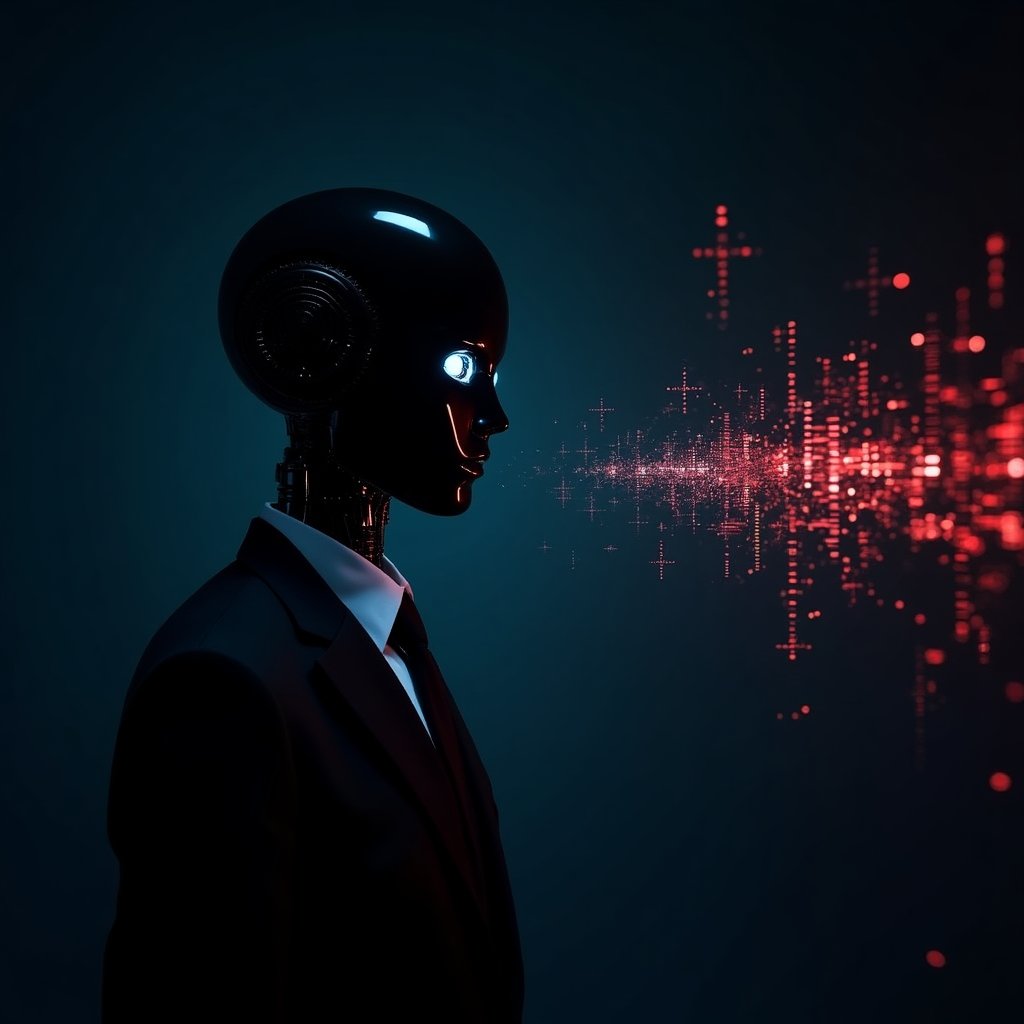The Shocking 30% Drop in AI Accuracy That Could Change Everything
Artificial Intelligence (AI) has been hailed as the future of technology, promising to revolutionize industries from finance to healthcare. But what happens when the very foundation of AI’s reliability is called into question? A recent research paper from YouTube channel TheAIGRID has sent shockwaves through the AI community, revealing a concerning 30% drop in accuracy when AI models are tested on slightly altered benchmarks. This isn’t just a minor hiccup—it’s a red flag that could impact the widespread adoption of AI technologies.
So, what’s going on here? Let’s dive into the details and uncover why this research could be a game-changer for the AI industry.
The Benchmarks Are Falling Apart
In the world of AI, benchmarks are like the SATs for machines—standardized tests that measure how well models can perform tasks like math problems, language understanding, and more. But according to the research highlighted by TheAIGRID, these benchmarks might not be as reliable as we thought. The study reveals that when slight variations are introduced to the Putnam Math Problems—a well-known benchmark—AI models like OpenAI’s GPT-4 and Claude 3.5 Sonnet experience a staggering 30% drop in accuracy. That’s like acing a practice test only to bomb the real exam.
Why does this matter? Because robustness—the ability of a model to handle variations and still perform accurately—is crucial for real-world applications. Imagine using AI in finance, only to find out it makes wild errors when faced with slightly different data. Not exactly confidence-inspiring, right?
What’s Causing the Drop? Overfitting and Data Contamination
The research points to two major culprits: overfitting and data contamination. Overfitting happens when a model is so finely tuned to its training data that it struggles to generalize to new, unseen problems. It’s like memorizing the answers to a quiz but failing when the questions change. Data contamination, on the other hand, occurs when test data inadvertently sneaks into the training process, making the model perform better on benchmarks than it would in real-world scenarios.
These issues are particularly worrying for smaller AI models, which often rely heavily on benchmark-style questions for training. As OpenAI and other AI giants push forward, these findings could force a rethink of how models are trained and evaluated.
The Big Players: GPT-4, Claude, and OpenAI’s Struggles
When it comes to top-performing models, the research doesn’t spare anyone. OpenAI’s GPT-4—the darling of the AI world—shows the steepest drop in accuracy at 44%. Even OpenAI’s earlier models, like GPT-3.5 and Claude 3.5 Sonnet, don’t fare much better, with drops of 29% and 28.5%, respectively. These results highlight a critical flaw in even the most advanced AI systems: they struggle with reasoning and consistency when faced with new challenges.
But it’s not all doom and gloom. The paper acknowledges that OpenAI’s latest models show promise, with some ability to follow logical paths similar to human reasoning. However, they still fall short when it comes to mathematical rigor and justifying their conclusions—key elements for reliable AI.
What Does This Mean for the Future of AI?
This research raises important questions about how we evaluate AI models. If benchmarks can’t fully capture a model’s real-world capabilities, then we need better ways to test AI. The study suggests creating new benchmarks with infinite variations to ensure models can handle novel problems. This approach could help identify overfitting and data contamination issues before they make it into production.
For businesses and developers relying on AI, the message is clear: test your models in real-world scenarios, not just on benchmarks. Create your own custom evaluations that reflect the specific challenges your AI will face. After all, what good is a model that aces a test but falters in the field?
Join the Conversation: What’s Next for AI?
What do you think? Are these findings a warning sign for the AI industry, or just a bump in the road as models continue to improve? Share your thoughts in the comments below and become part of the iNthacity community. Join us in the "Shining City on the Web" where we explore the latest in technology, innovation, and the future of AI. Like, share, and participate in the debate—your voice matters!
Wait! There's more...check out our gripping short story that continues the journey: The Last Oracle of Atlantis
Disclaimer: This article may contain affiliate links. If you click on these links and make a purchase, we may receive a commission at no additional cost to you. Our recommendations and reviews are always independent and objective, aiming to provide you with the best information and resources.
Get Exclusive Stories, Photos, Art & Offers - Subscribe Today!


























Post Comment
You must be logged in to post a comment.